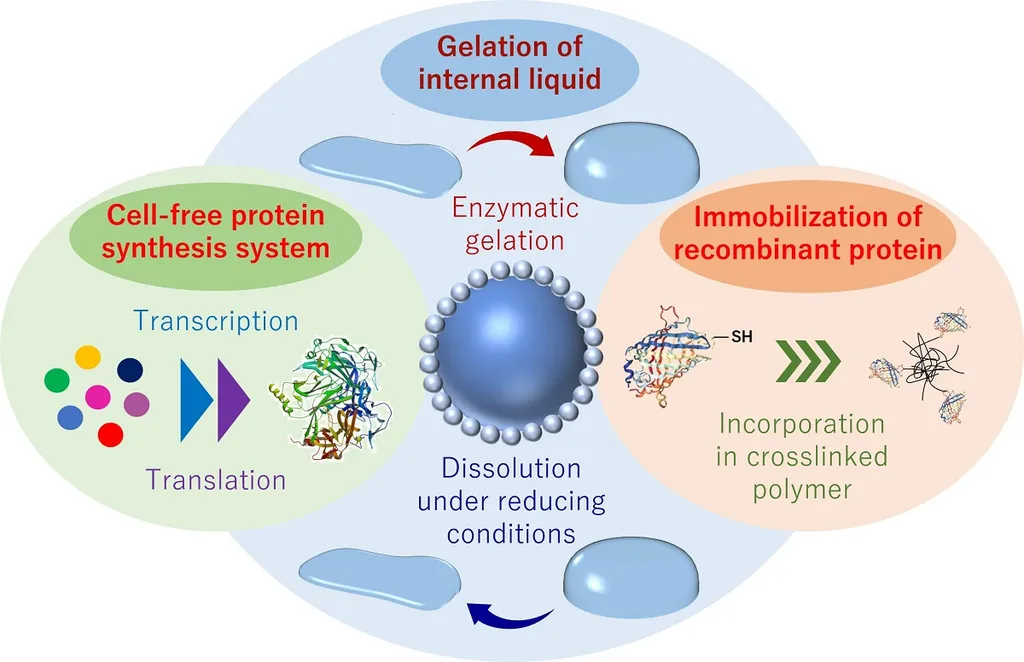In the heart of Shizuoka, Japan, a groundbreaking study led by Yuta Tsuchiya at Shizuoka University is revolutionizing the way we monitor tea plant health. The research, published in the journal *Ecological Informatics* (which translates to *Ecological Information Science*), is unlocking new possibilities for precision agriculture by combining hyperspectral imaging with advanced deep learning techniques. The study focuses on estimating chlorophyll content in tea leaves (Camellia sinensis), a critical factor for plant health and yield optimization.
Chlorophyll, the green pigment in plants, plays a pivotal role in photosynthesis and overall plant vitality. Accurate estimation of its content is essential for managing fertilization, evaluating plant health, and optimizing harvest timing. Traditional methods of measuring chlorophyll often involve destructive sampling, which is time-consuming and labor-intensive. Tsuchiya’s research offers a non-destructive, efficient alternative using hyperspectral reflectance data.
The study employs three deep learning models: a one-dimensional convolutional neural network (1D–CNN), a vision transformer (ViT) adapted for one-dimensional inputs, and a self-supervised learning (SSL) model with regression. The SSL approach, which involves training an autoencoder on unlabeled spectra to learn compact and noise-tolerant representations, emerged as the most accurate method. “The SSL model achieved the highest accuracy with a root mean square error (RMSE) of 3.33 μg/cm², outperforming both the 1D–CNN and ViT,” Tsuchiya explains. This innovation is particularly significant as it is the first application of SSL in chlorophyll estimation using high-resolution leaf-level spectral measurements.
The implications of this research extend beyond the tea industry. Precision agriculture, which relies on data-driven decisions to optimize crop management, stands to benefit greatly from these advancements. By enabling non-destructive monitoring of chlorophyll dynamics, farmers can make more informed decisions about fertilization and harvest timing, leading to increased yields and sustainability.
“The potential of combining hyperspectral sensing with advanced representation learning is immense,” Tsuchiya notes. “It supports more sustainable and data-driven agricultural practices, which are crucial for the future of farming.”
This study not only highlights the effectiveness of SSL in capturing subtle spectral patterns but also paves the way for future developments in agricultural technology. As the demand for sustainable and efficient farming practices grows, the integration of deep learning and hyperspectral imaging could become a cornerstone of modern agriculture. The research published in *Ecological Informatics* serves as a testament to the transformative power of technology in shaping the future of farming.

